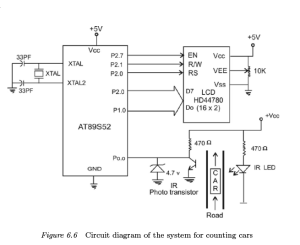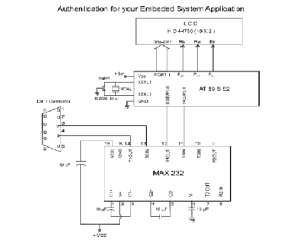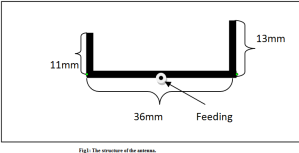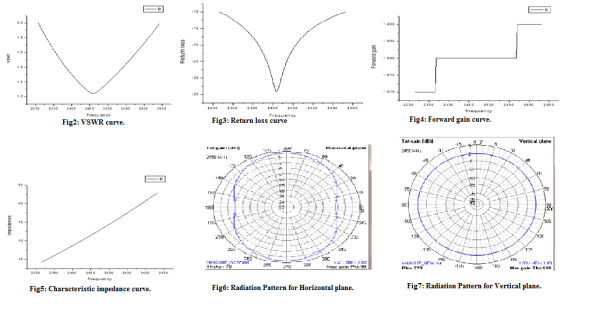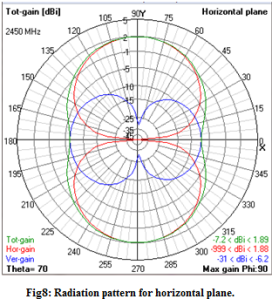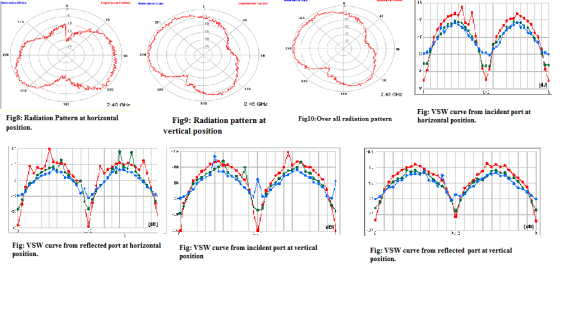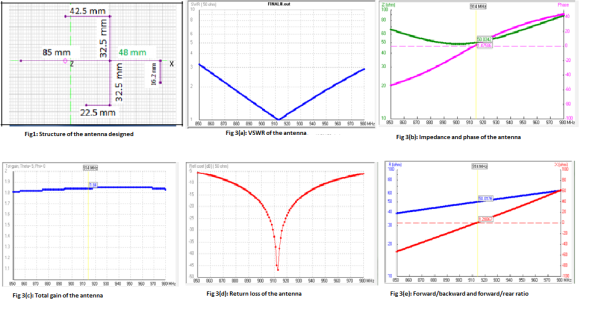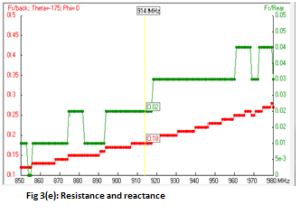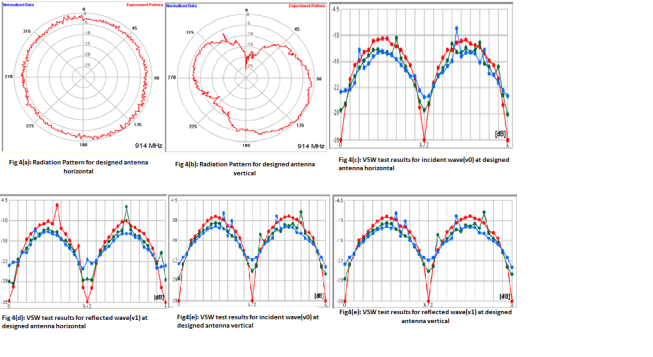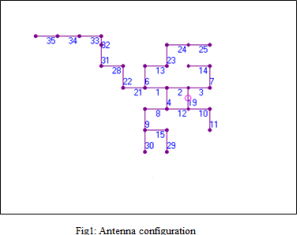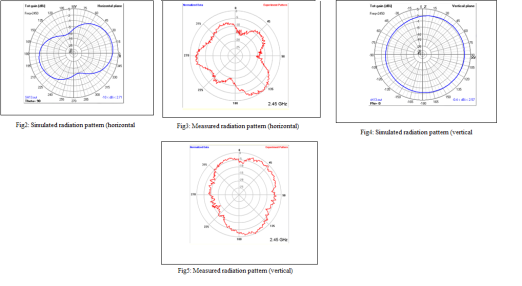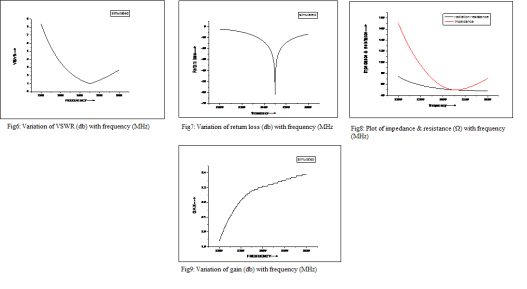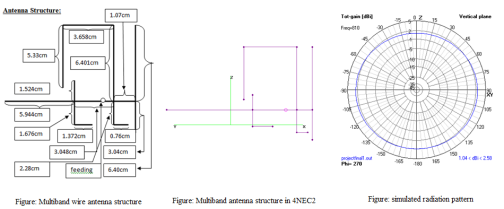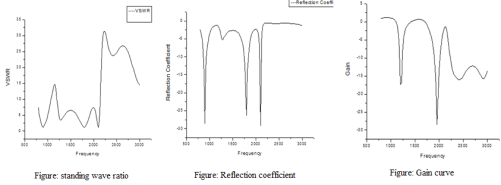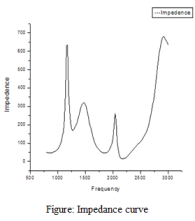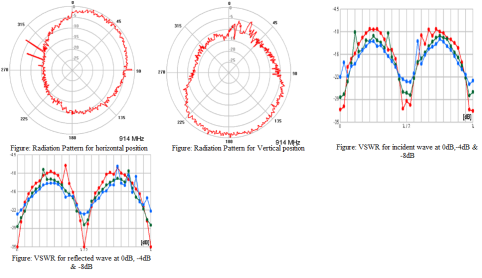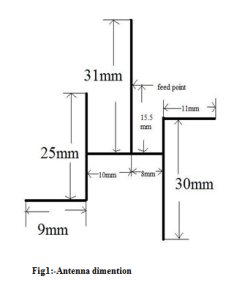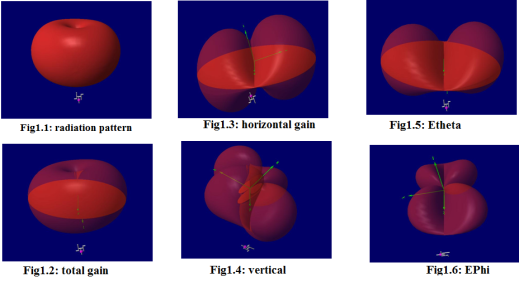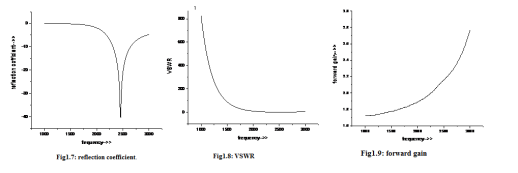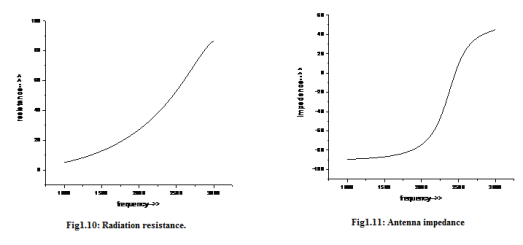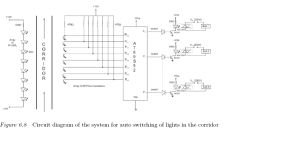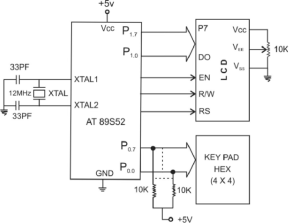This program can show your desired text message in LCD screen.The application of this field is vast.This project can be used for customer care,for lighting,for publish a notice or any other application.This is very simple application of micro-controller and cost is very low.The main component of this project is only a micro-controller .So keep enjoy it….
Program Source Code
*********************************************************
#include <REG52.H>
sbit RS = P2∧0; // Control signal RESET of the LCD connected
to pin P2.0
sbit RW = P2∧1; // Write (RW) Signal pin connected to pin P2.1
sbit EN = P2∧2; // Enable (EN) LCD control signal connected to
pin P2.2
int i;
void delay(void); // Delay function
void INIT(void); // Function for the commands to Initialization of
the LCD
void ENABLE(void); // Function for the commands to enable the LCD
void LINE(int); /∗ Function for the commands to choose the line for
displaying the characters on the LCD ∗/
void LINE(int i) // start of LINE function
{ if (i==1)
{RS=0; // first make the reset signal low
RW=0; // make RW low to give commands to the LCD
P1=0x80; // force cursor to beginning of the first line
ENABLE(); // enable the LCD
RS=1;
}else
{RS=0;
RW=0;
P1=0xC0; // force cursor to beginning of the second line
ENABLE();
RS=1;
}
}
void delay() // Invoking the delay function.
{int j;
for (j=0;j<10;j++)
{for (i=0;i<100;i++);
}}
void ENABLE(void) // Invoking the enable function
{ EN=1; // Give high to low pulse to Enable the LCD.
delay();
EN=0;
delay();
}
void INIT(void) // Initialization of the LCD by giving the proper
commands.
{ RS=0;
RW=0;
EN=0;
P1 = 0x38; // 2 lines and 5∗7 matrix LCD.
ENABLE();
ENABLE();
ENABLE();
ENABLE();
P1 = 0x06; //Shift cursor to left
ENABLE();
P1 = 0x0E; // Display ON, Cursor Blinking
ENABLE();
P1 = 0x01; // Clear display Screen.
ENABLE();
}
void main (void)
{
char code dis[] = “We Thank Springer Publishers”;
char code dis2[] = “From Authors”; // Array of characters
to be display.
char ∗p; // Pointer to point the data in the array.
int j,x;
while(1)
{for (x=1;x<3;x++)
{
INIT();
LINE(1); // Display on the line 1 of the LCD.
if (x==1)
{p=&dis; // point the character address from the array “dis” where
it is stored.
}else
{p=&dis2; // Point the Character address from the “dis2” where it
is stored/
}for (j=0;j>8;j++){ P1= ∗p++; // Increment the pointer by 1.
ENABLE();
} LINE(2); // Display the second array on the second line on the LCD.
}}
}
*********************************************************
